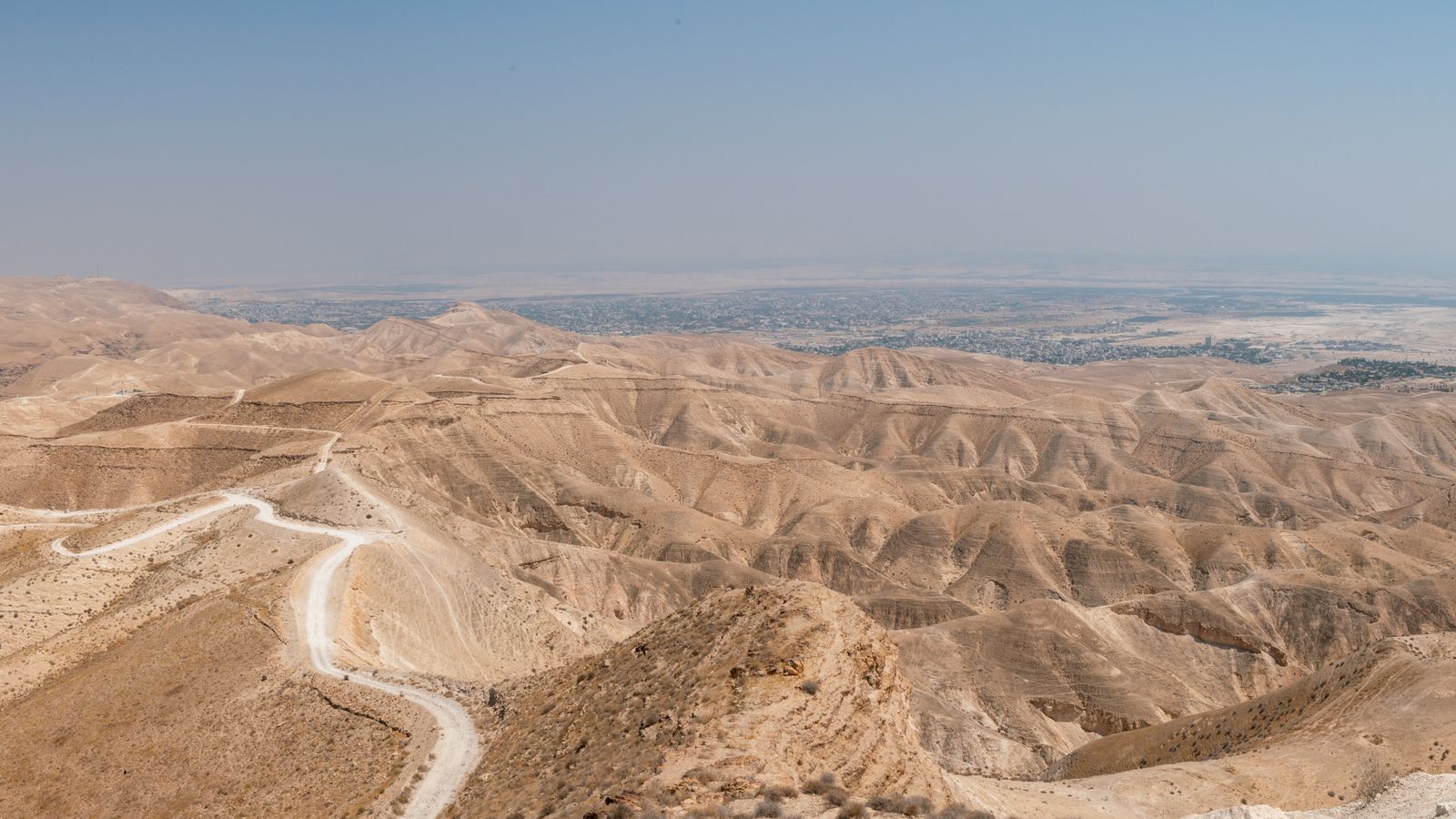Early humans migrated from Africa 84,000 years ago to populate the rest of the world by following river routes through Jordan – not going via the Red Sea as previously thought, according to a new scientific study.
Scientists from the University of Southampton and Shantou University in China carried out field work in Jordan’s rift valley where they found hand tools buried in the sediment of now-dried up rivers.
Using luminescence dating techniques they traced them back to around 84,000 years ago.
Modern humans evolved in Africa between 200,000 and 300,000 years ago and migrated from the continent in several stages to populate Asia and then Europe.
It was previously thought that when sea levels were low they travelled from the horn of Africa to southwestern Arabia via the Red Sea.
But the discovery of the tools seems to confirm another theory that they took a land-only route to the north towards Jordan.
Their journeys followed “well-watered corridors” of river channels that have since dried up and become desert, the study, published in the journal Science Advances, says.
‘Key part of puzzle’
Paul Carling, a professor of geomorphology at the University of Southampton, said of the findings: “Our newly published evidence is a key piece of the puzzle that shows humans migrated using a northern route – using small wetland areas as bases whilst hunting abundant wildlife in the drier grasslands.
“Although previous studies have looked for large lakes as potential watering holes, in fact small wetlands were very important as staging posts during the migration.”
Read more from Sky News:
New images of rogue planets floating together
Microplastics in clouds may be adding to climate change
Cheap malaria vaccine approved for global rollout
Be the first to get Breaking News
Install the Sky News app for free
Dr Mahmoud Abbas, the study’s lead author from Shantou University, added: “The Levant acted as a well-watered corridor for modern humans to disperse out of Africa during the last interglacial, and we have now demonstrated this is the case in the Jordan rift valley zone.
“Rather than dry desert, savannah grasslands would have provided the much-needed resources for humans to survive during their journey out of Africa and into southwest Asia and beyond.”








